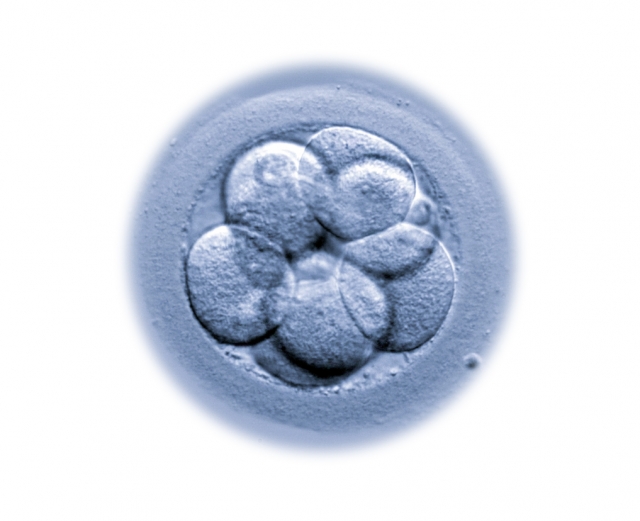
What is embryo collapse? Does it affect how the embryo implants?
The embryo culture in the blastocyst stage and the use of time-lapse incubators has enabled us to observe certain events that occur during the embryonic development up until day 5/6. 3 different parts can be distinguished in the blastocyst: the inner cell mass (ICM), the trophectoderm (TE) and the blastocoel.
The blastocoel is the inner cavity of the embryo, which is formed by the accumulation of fluid after a series of physical phenomena. The gradual accumulation of fluid results in an increase of size, which causes a pressure increase in both the TE and the zona pellucida (ZP), the layer that surrounds the blastocyst and protects it from external damage. The embryo has to hatch or escape from its ZP by means of a process called hatching so that it can be successfully implanted in the mother’s uterus.
Different studies have associated the blastocyst contractions, also called embryo collapse, with the hatching process. During this event the fluid leaves the blastocoel. It seems that weak contractions might benefit the hatching process. However, a contraction in which the embryo loses more than 50% of the original volume might adversely affect it. More research work has to be done to establish a correction relationship.
The embryo collapse phenomenon occurs naturally during embryonic development, although it can also be done artificially in the IVF laboratory using laser pulses.
Laura Martí, a biologist at Instituto Bernabeu.
